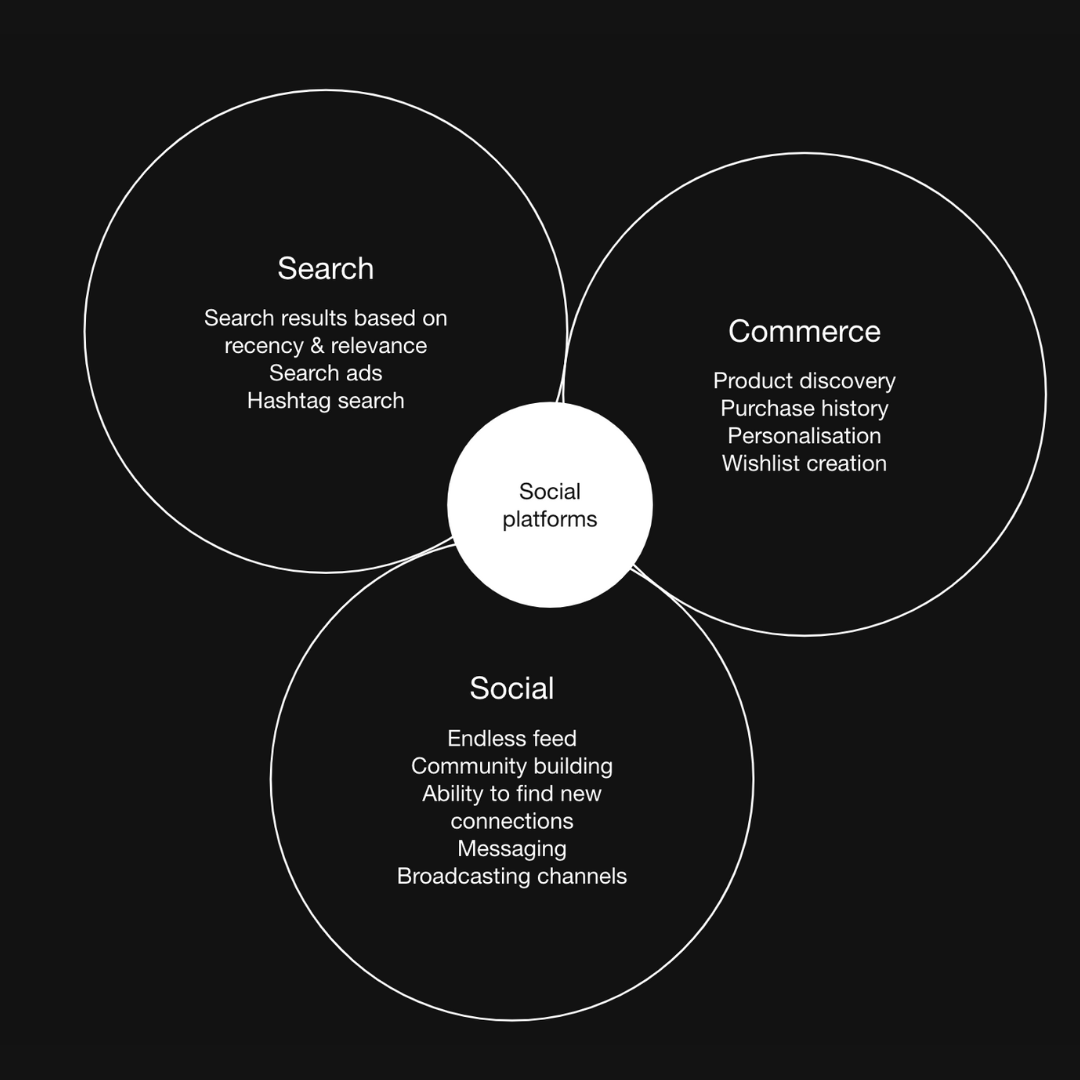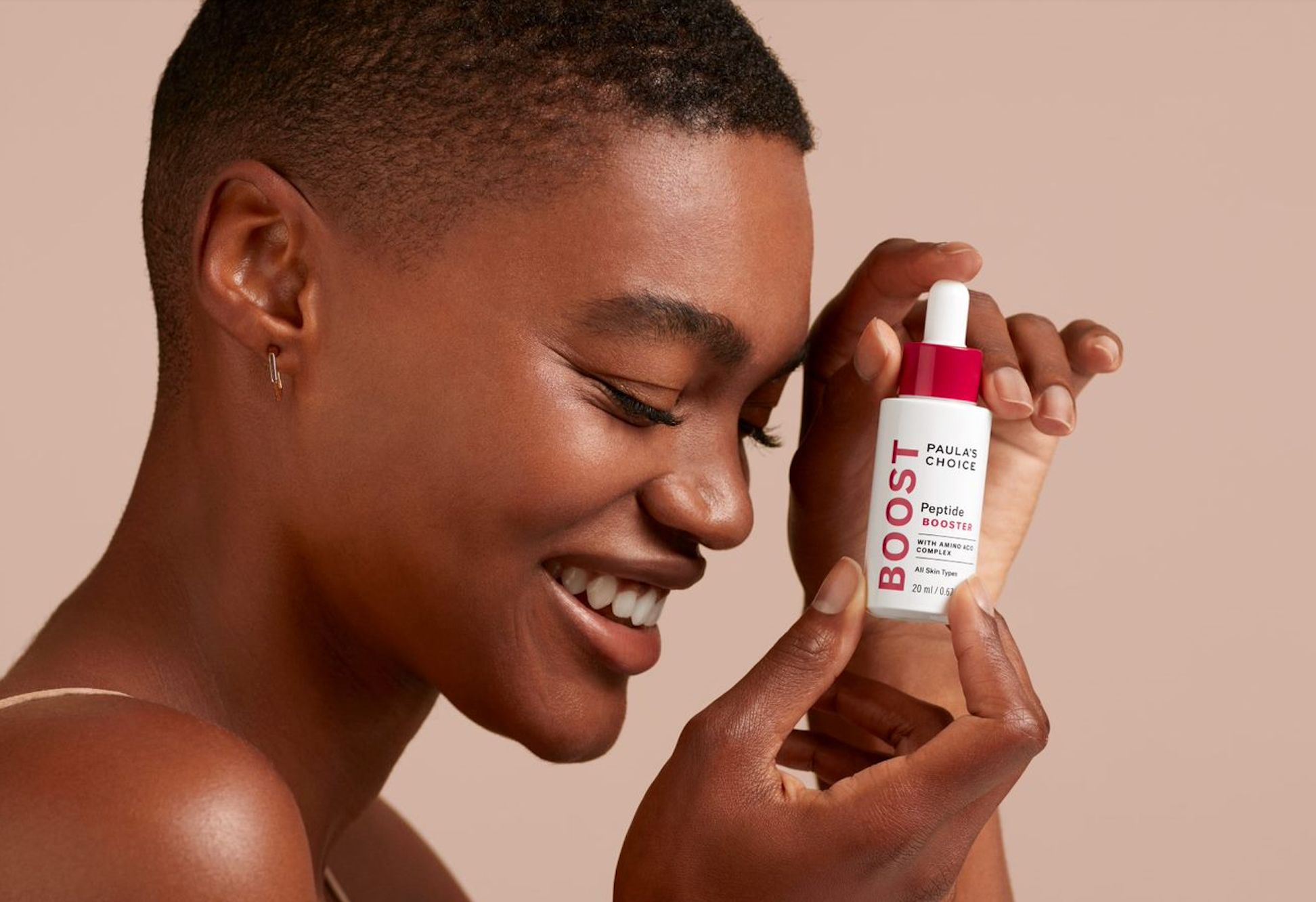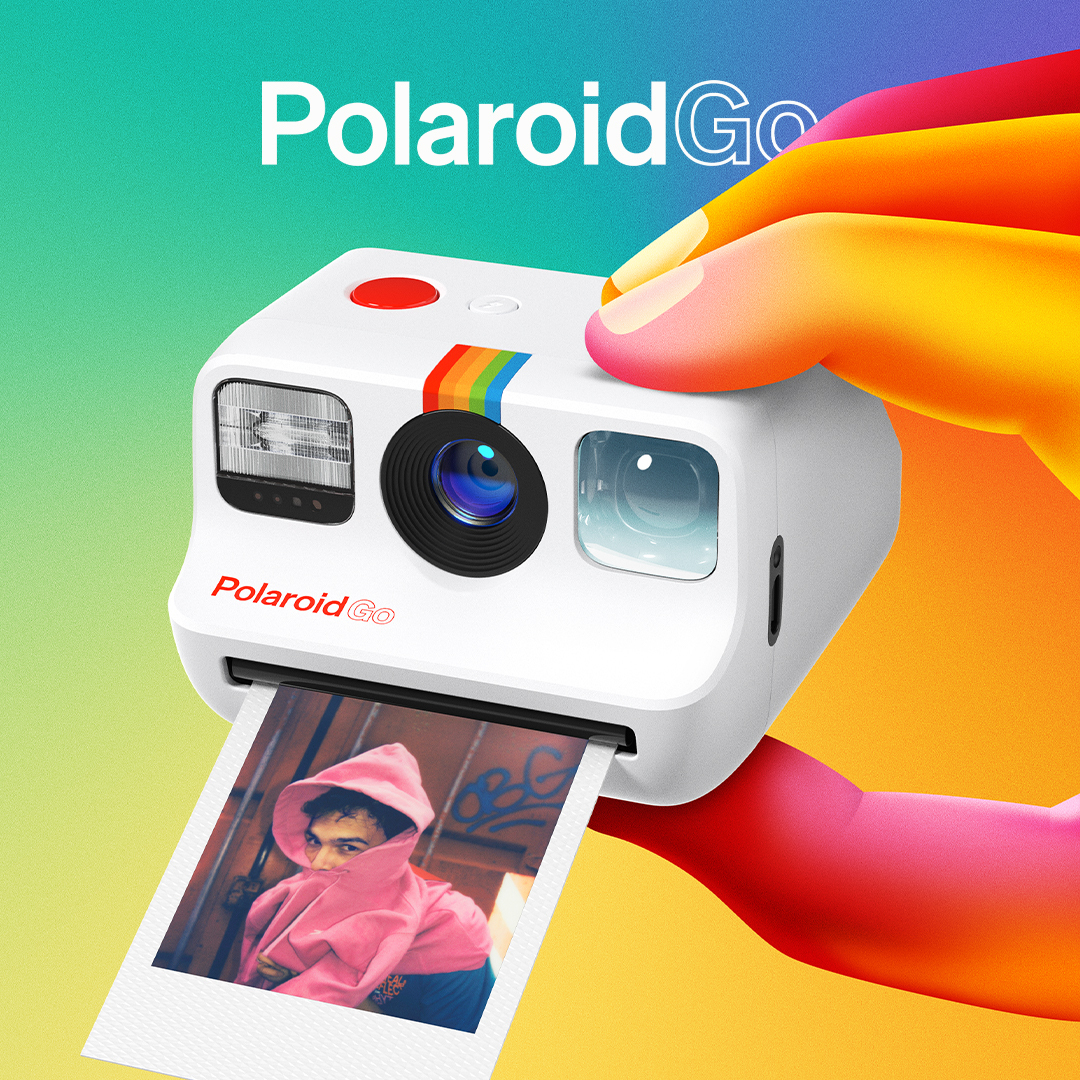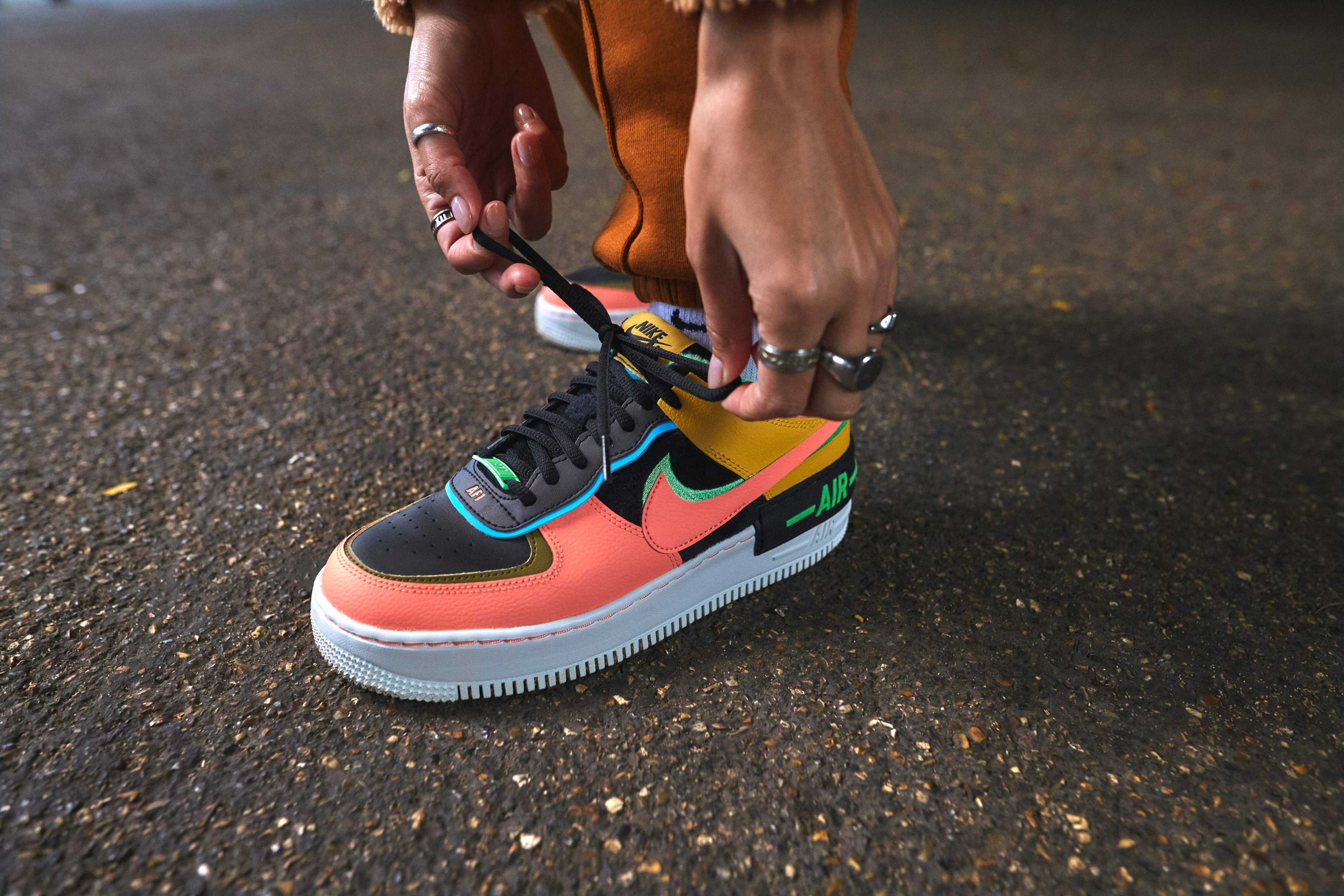Social commerce trends: How to stay ahead in the ever-changing digital landscape

What’s next for e-commerce?
One of the major pressure points for brands is the fluid sphere of social media. Because being on top of the social media game means being in tune with your audience–and being in tune with your audience is the only way to grow sustainably.
e-commerce market by the numbers
- $8.1 Tn: Projected size of the global e-commerce market in 2026
- 6.5%: Growth in global e-commerce sales between 2021 and 2022
- 70%: Percentage of consumers that prefer omnichannel shopping
A stunning 77% of consumers say that social media serves as inspiration for brands and products they haven’t considered before. In other words, social has become the new starting point for online shopping.
This shift calls for a strategic re-evaluation regarding the role of social media in your marketing. You need to find the right balance between brand building and performance.
To re-evaluate your brand’s relationship with social media, you must understand the social commerce trends shaping your world. We believe the most noteworthy trends to consider are:
- Cultural relevance is now achieved through user-generated content
- Social media is your new storefront
- The gap between your social media persona and your website is closing
Let’s dive in and see how these growing trends affect your brand’s perception and revenue.
Trend 01 – Cultural relevance is now achieved through user-generated content
Today, brands face a dual challenge: growing content demands and the simultaneous issue of ad blindness. To address this, you have to strike a balance between quantity, quality, and relevance.
Enter influencer programs. They enable you to commission both controlled and uncontrolled user-generated content (UGC) with established influencers and everyday people. However, scalability and brand alignment are critical factors to keep in mind.
$480Bn
Creator economy market size over the next five years
3.5X
Influencer marketing growth compared to social ad spending
71%
Consumers trust influencer recommendations
UGC and ad blindness by the numbers
Today, 79% of consumers let UGC influence their buying decisions, while ads featuring UGC enjoy a fourfold increase in CTR. In 2019, the U.S. wasted a staggering $51.6 billion due to banner blindness, emphasizing the need for more effective advertising. Shifting to influencer marketing brings a 40% boost in ROI compared to traditional banner ads.

Collaboration with creators and influencers is a must
“The growth in social is coming from the Explore feed and the “For your page” (FYP), an endless stream of brilliant, highly personalized, and 100% native content.
It means if you’re not native – you’re sticking out like a sore thumb. This, in turn, means that there’s a pressing need for a continuous stream of fresh and engaging content.
This is where UGC comes in. Building a diverse set of production methods to deliver native content is key if you are seeking to meet the growing demand for content and be present where your audience is spending their time.
You should find influencers who are strategically aligned and perform strongly in accordance to your business priorities and work with talented content creators who might not have a large following but do get social and can deliver the necessary content.”
Ali McClintock, Managing Director, Marketing Technology at DEPT®
Where to invest?
People place their trust in people, not in marketers. Therefore, UGC plays a crucial role in building consumer confidence.
However, as brands want and need UGC, they also aim to maintain creative control.
Uncontrolled UGC, generated spontaneously by consumers, offers scalability but relinquishes full creative control to the users. This form of UGC can be encouraged through commissions or giveaway contests, like on Amazon Storefront and LTK (LikeToKnowIt).
Controlled UGC is produced by content creators who receive a fixed fee or product in exchange. They create content for brand-owned channels. Although it provides content control, it is less scalable due to the time required to find, engage, and brief these creators.
Often, the most impactful and relevant approach involves a combination of influencer marketing, controlled UGC, and uncontrolled UGC. This synergy maximizes your reach and resonance using human, trustworthy faces, ensuring a lasting impact in the ever-evolving social media landscape.
Trend 02 – Social media is your new storefront
Social media has become the go-to source for shopping inspiration and a way to window shop before purchasing.
Pinterest and YouTube are among the most active in this realm, but TikTok is best-suited for commerce. It is the home platform for #tiktokmademybuyit and the place Gen-Z actively uses for new product searches.
To help its clients fully utilize the TikTok Shop, a personalized and fully integrated commerce solution, TikTok has recently partnered with DEPT®.
58%
Use TikTok as a source of shopping inspiration
78%
TikTok users who have purchased a product
after seeing it in TikTok creator content
40%
Gen Z uses TikTok & Instagram search instead of Google

How are social media platforms turning commerce into social commerce?
In 2022, 65% of people were shopping online just for fun — they shop or browse online when they’re not looking for anything in particular.
Today, online (and especially social media) is where most people begin their commerce journey.
How can these features help solve your problems?
TLDR: By making the product shoppable and discoverable on the spot.
80% of global shopping carts are abandoned each month. To address this, social media shopping features like Instagram shopping tags and TikTok Shop are crucial. They make the path to purchase seamless, so there is less chance of drop-off once people decide to buy. If users go to a site, they may drop off due to having to log in or find a credit card, but this is avoided through in-app purchasing.
In 2019, there were already 130 million monthly interactions with Instagram shopping tags, so it is important to leverage social commerce tools to meet consumer demand.
Social search is gaining more traction, with people seeking inspiration in broad categories rather than specific brands; for example, 97% of Pinterest searches are unbranded.
The power lies in placing your products in front of consumers actively seeking what is offered, even if they’re not explicitly searching for your brand.

TikTok, the trifecta
“What TikTok really excels at is the combination of creator activity, UGC, and social commerce. The platform creates an ecosystem where creators feature products, real users share video reviews, and anyone can easily make purchases.
“With a seamless checkout process and strict merchant delivery standards, TikTok effectively generates demand, fulfills product supply, and increases user reviews, driving more sales.
So you have a valuable opportunity to list products on TikTok Shop, potentially turning a bestseller into a TikTok sensation.”
Nikki Melless, Media Director
TikTok shops complete in-app experience
TikTok has three main elements that enable in-app purchases:
- Live shopping lets you shop directly from a LIVE by tapping the pinned products or browsing the shopping basket icon.
- Shoppable videos allow you to shop directly from a shoppable in-feed video by tapping the product link & basket icon.
- In the product showcase, you can shop directly from a brand or creator account and get access to products within the app.
Trend 03 – The gap between your social media persona and your website is closing
Today, the gap between your digital experience and your social media experience is growing. This is not surprising given that social networks offer a unique set of interactive features, some of which are not native to e-commerce platforms.
Therefore, you may face the challenge of aligning your website experience with your social media. And it isn’t solely about appearances; it’s about creating a cohesive and immersive brand presence.
So to build a more engaging online presence that speaks to your personality, it is crucial to maintain consistency across different platforms and embrace the integration of social content.
58%
People who visit a brand’s
social pages before its website
75%
Internet users use social
media to research products
9.5%
Yearly increase in annual revenue for
brands with top customer engagement
What to focus on in the future
Everything looks the same. The same mandates shape experiences and technology is being used to paint the same picture repeatedly.
Every moment in the customer journey is designed to incrementally nudge customers to the next step with tailored content.
CMOs are on the hook for driving revenue; their tenures are getting shorter. They don’t have time to build brands that people genuinely want to engage with. And increasingly, their role is to move pixels around in search of short-term e-commerce revenue growth.
Throw into this mix the introduction of AI-driven personalization – now, every brand wants to personalize every interaction. But there’s a risk of losing creativity, shared ideas, and serendipity.
The question is: Do customers want to be part of brands, or do we want brands to be part of us? Do I want to be part of Gucci, or do I want Gucci to be about me? There’s no one-size-fits-all answer, but it’s worth thinking about.

In the homogenous e-commerce landscape, we hope that you will focus on
- “Being different, because when everything looks the same, being different is your differentiator.
- “Telling your story, because as e-commerce becomes increasingly shoppable, it evolves from being the last step in the transaction journey to a canvas for storytelling and emotional connection.
- “Caring about your craft, because the customer does. They don’t care about the brand book or the marketing strategy; they react to the final product in front of them.”
Asher Wren, Vice President of Growth at DEPT®

Some brands are already merging the two worlds
Creator partnerships are a key component of your social media accounts. However, today, it’s not enough to keep them exclusive to social media. You have to integrate creator content into your website, too.
- Amazon Storefront: This is essentially a mini-website on Amazon for creators. Influencers can share their favorite products and connect their followers to Amazon commerce.
- Stronger: Makes use of editorial-focused influencer content and connects influencer stories to collections and products.
- NA-KD: Has influencer collections dedicated to specific influencers. They’re used as the models showing the products.
How to elevate your social commerce experience
Integrate brand and legacy content across your site to add surprise and delight
- Don’t rely on separate ‘about the brand’ pages.
- Allow users to explore the collections, campaigns, and stories from your founding moments to last season’s couture.
- Create a unique moment of delight that matches your spirit.
Fuel the passion for (window) shopping by helping users discover
- Create endless entrances and new features for shop discovery.
- Consider incorporating offline opportunities, the customer portal and/or a mood board feature as starting points for the buying journey.
- Add advanced browsing utilities to enable shoppers to define their own experience.
Connect to social and build an experience on top of it
- Craft your UI with the latest social UX patterns in mind. Think Pinterest-style discovery for products or Instagram stories’ flair for “product stories.”
- Make a seamless connection to shopping from your social platforms, otherwise, your social users are simply content consumers.
- Integrate shopping at every point in the experience.
Want to leverage these social commerce trends? We specialize in e-commerce tech and marketing and can help your brand stay ahead.
More insights
Questions?
Digital Trends & Research Analyst








